Kigali
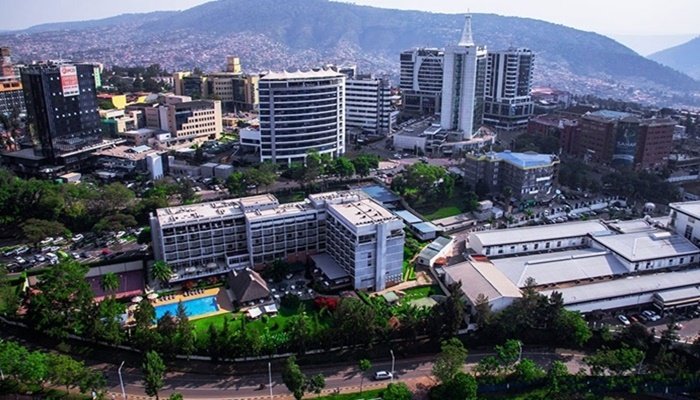
Kigali is located at Rwanda’s geographical heart. The rapidly growing city of Kigali is not only the national capital, but also the country’s most important business centre and main port of entry.
Kigali, founded in 1907 as a small colonial outpost with little link to the outside world, is now 100 years old. The city of Kigali has grown into a modern metropolis – the heart of the emerging Rwandan economy and amongst the safest and friendliest of African capitals. Its population is approximately 1 million.Kigali is blessed with a moderate high altitude climate that belies its tropical location.The main residence and offices of the President of Rwanda are located in the city, as are the government ministries.

Kigali International Airport (KIA) is located in the suburb of Kanombe at the eastern edge of Kigali approximately 15 kilometres from the central business district of the city. KIA has recently been upgraded and can now accommodate 1,500,000 passengers annually via its approximately 400 weekly flights. It serves as a regional hub as well as catering to a number of international airlines. In 2014, Kigali Airport ranked 7th best regional airport in Africa.
The nation’s flag carrier, RwandAir, is one of the fastest growing airlines on the African continent connecting to business hubs in East Africa, West Africa, South Africa, the Middle East and Europe, positioning the country as a strong contender for growth in the MICE tourism sector.
Kigali Attractions
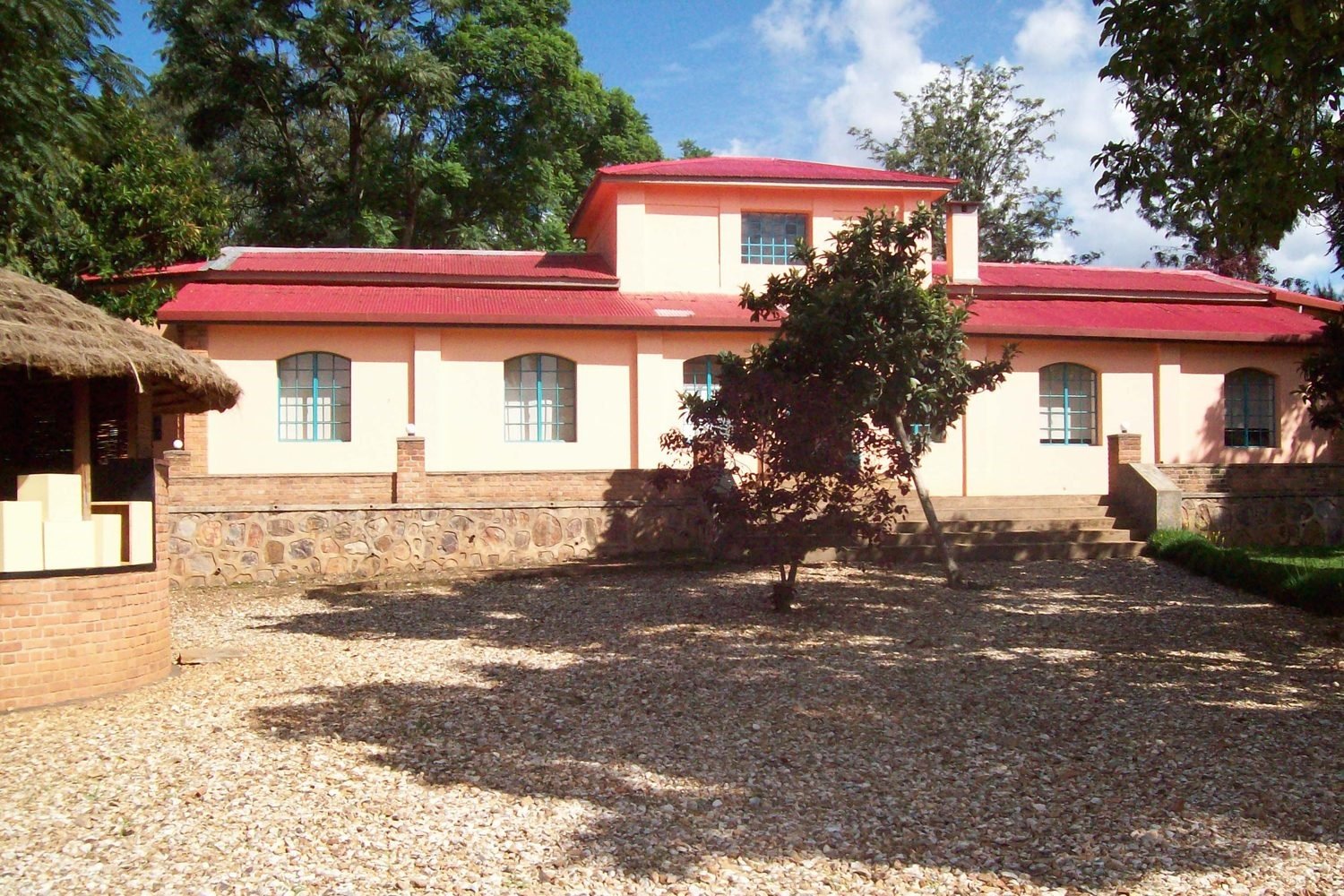
Kigali houses several memorials, museums, and centres dedicated to the Rwandan Genocide, including the Kigali Genocide Memorial Centre and Camp Kigali. Other museums include the Presidential Palace Museum and Kandt House Museum of Natural History.
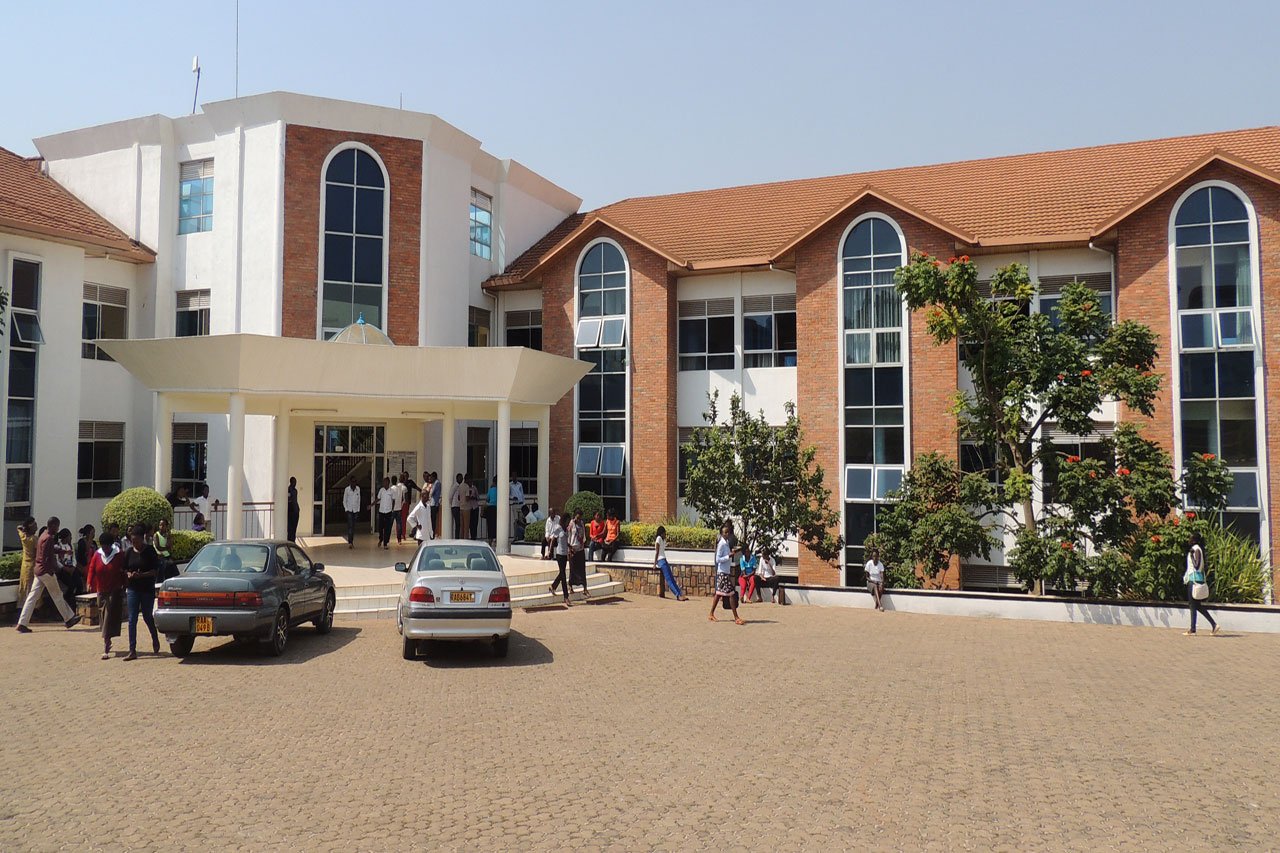
Lycée de Kigali is the second-largest secondary school in Rwanda. Green Hills Academy, in the upmarket suburb of Nyarutarama is a top private school offering IB at A level and the Cambridge International Programme at O level. It has a 50/50 English-French curriculum.
Kigali is home to a number of university campuses for example the Kigali Independent University as does the University of Rwanda College of Science and Technology as well as the Rwanda Tourism University College.
Hospitality
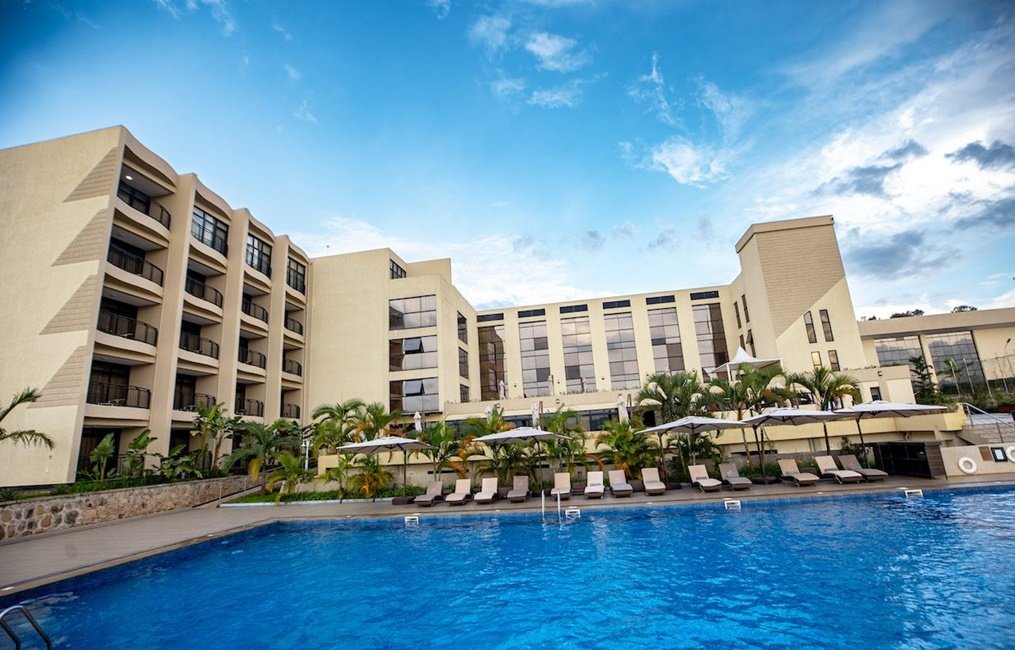
The city provides a diverse range of accommodation options with a wide selection of hotels, guesthouses and bed and breakfast on offer.
There are currently over 1,000 three to five star rated hotel rooms within easy access of the Kigali Convention Centre and downtown Kigali, with another 600 due for completion in 2015.
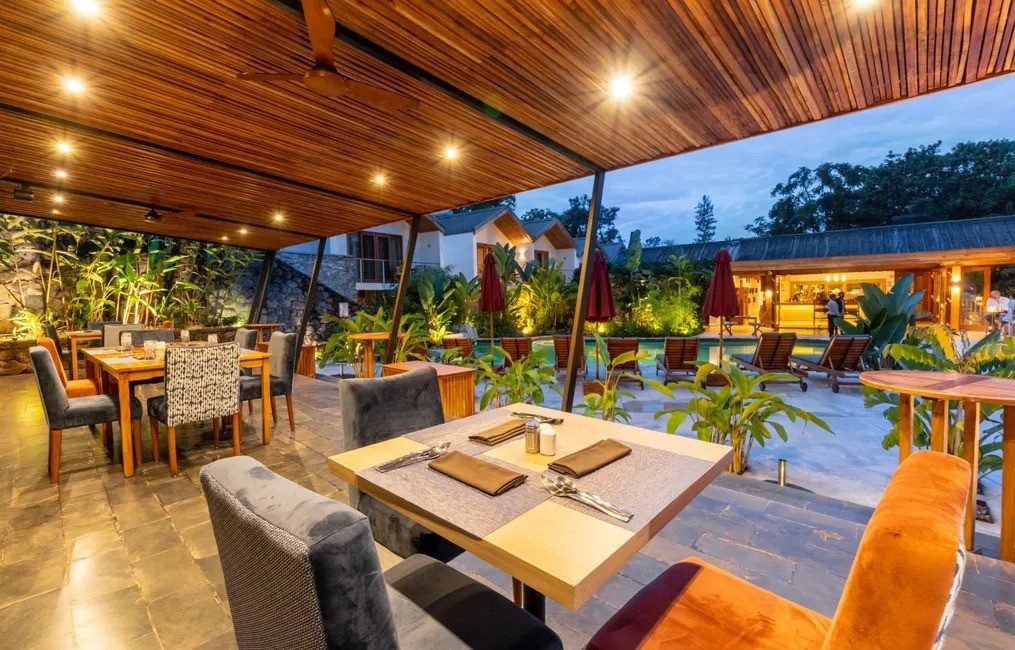
The city’s many restaurants serve traditional or contemporary African and international cuisine – a wide choice to suit every taste.
Kigali offers delegates a unique experience in an African city that is modern, exceptionally clean and safe. In addition to showcasing the ‘Land of a Thousand Hills’, delegates will have the opportunity to enjoy incredible pre and post tours and to experience the country’s unique flora and fauna – all within easy access of the city.
Musanze
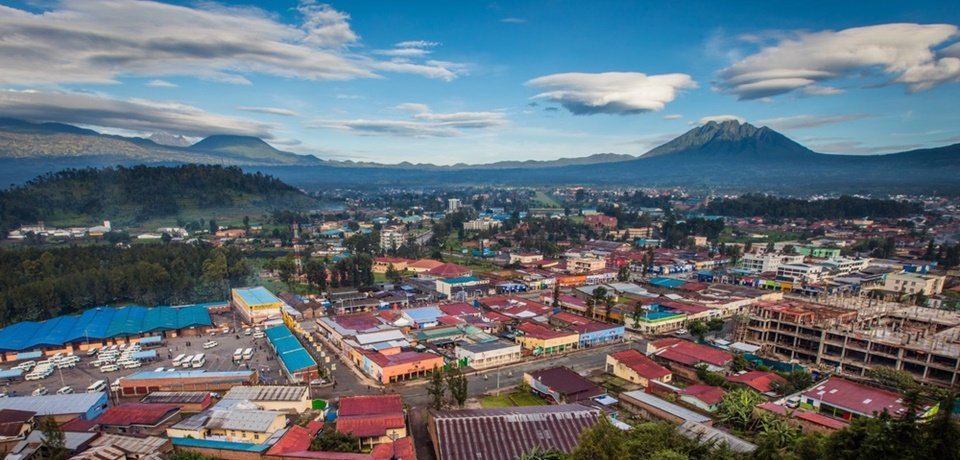
Musanze, in the Northern Province, is Rwanda’s most mountainous district comprising the largest part of the Volcanoes National Park and its head office at Kinigi village (15 minutes drive from Musanze).
Five of the eight volcanoes of the Virunga chain (Karisimbi, Bisoke, Sabyinyo, Gahinga and Muhabura) are within the district boundaries. It is also in this district that most of Rwanda’s endangered mountain gorillas are found, making it the most popular tourist destination in the country.
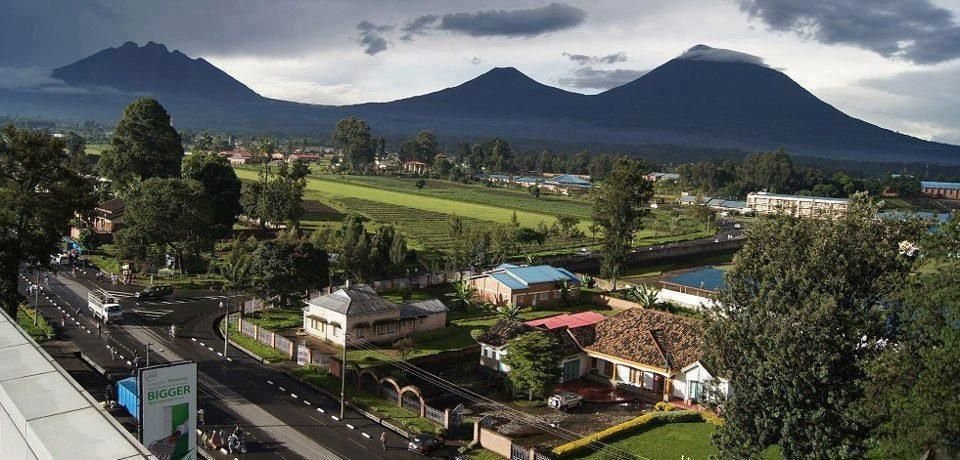
Musanze is one of the largest cities in Rwanda and serves as a hub for tourists. It is home to a number of primatology focused conservation organisations including the Dian Fossey Research Centre.The largest Rwanda National Police Training College is located in the town center.A diverse offering of hotel options can be found in Musanze and Kinigi for example:
Gisenyi
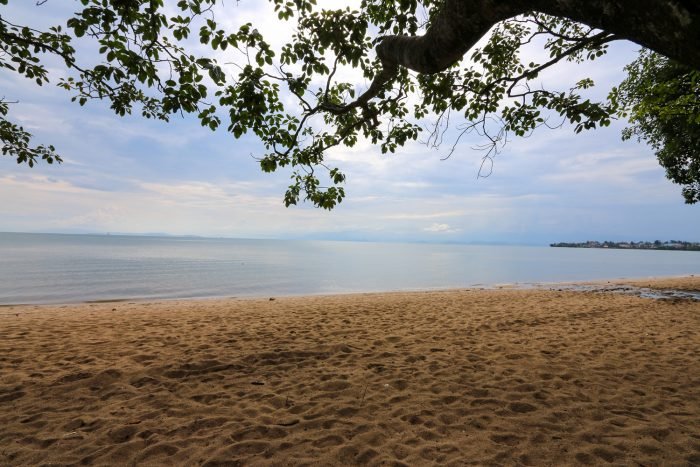
Gisenyi, with a population of approximately 250,000 is a resort city in Rubavu district on the shores of Lake Kivu in the Western Province of Rwanda.Gisenyi neighbours Goma, the city directly across the border of the Democratic Republic of the Congo.
The northern shore of the lake on which Gisenyi and Goma lie is a flat plain featuring lava formations from the eruptions of nearby Mount Nyiragongo. In contrast to Goma, Gisenyi escaped the lava flows of both the 1977 and the 2002 eruptions that destroyed almost 40% of Goma.
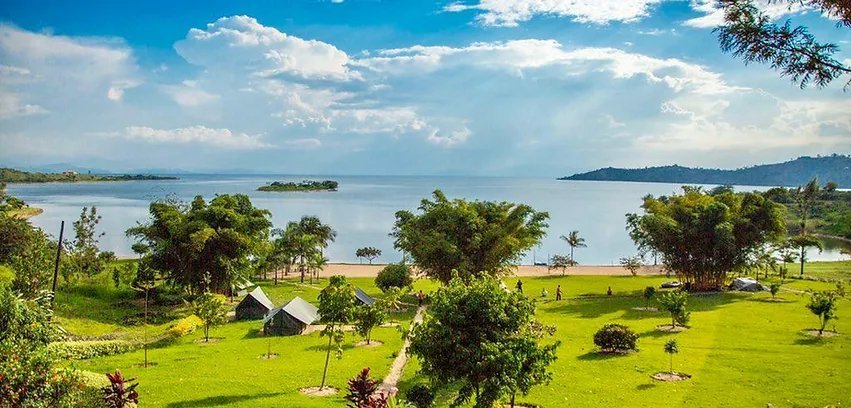
The center of Gisenyi lies at the foot of hills in the northeast corner of the lake. Low-density expansion is taking place in the surrounding hills that should be safe from any future eruptions.
Lake Kivu Serena Hotel,kivu,Gorillas Lake Kivu Hotel,gor rubavu,Stipp Hotel,stipp.There are also numerous small lodges and restaurants on the shores of the lake.
Gisenyi is home to Bralirwa, the only brewery in Rwanda, which manufactures local beers Primus and Mützig, as well as Amstel, Guinness and a range of Coca Cola branded soft drinks.
Kigali Independent University and Rwanda Tourism University College (RTUC) both have a campus in Gisenyi. Private and public schools number about 30 including nursery, primary and secondary schools.
Huye
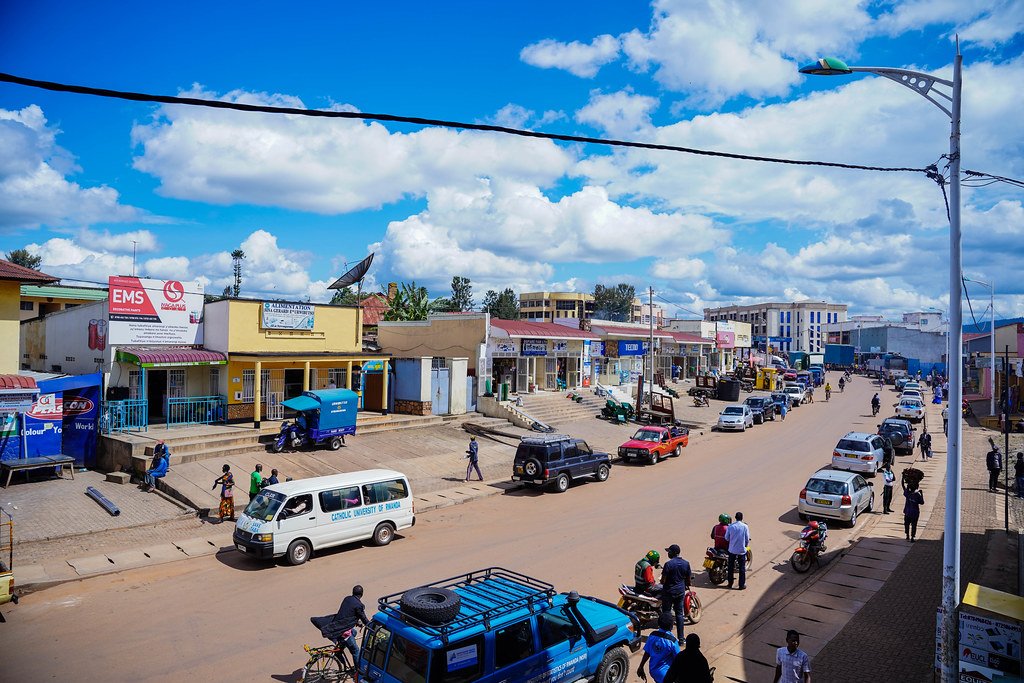
Huye, formerly known as Butare, is a city with a population of approximately 350,000 (city and surrounds) in the Southern Province of Rwanda. It was the formal colonial capital of Rwanda.
The city of Huye has long been regarded as the intellectual capital of the country, while Kigali holds most political power. The Belgian colonial rulers named the city Astrida in honor of Queen Astrid of Belgium.
Butare Cathedral was a gift from the Belgian King Albert and Queen Astrid. It was erected between 1936 and 1937 with the intention of making Astrida the capital of Rwanda-Urundi protectorate; native porters laboriously carried building materials from Congo and Nyungwe Forest. This great church, the largest in Rwanda, was built to help strengthen Christianity as well as the power of the then Belgian colonial administration.
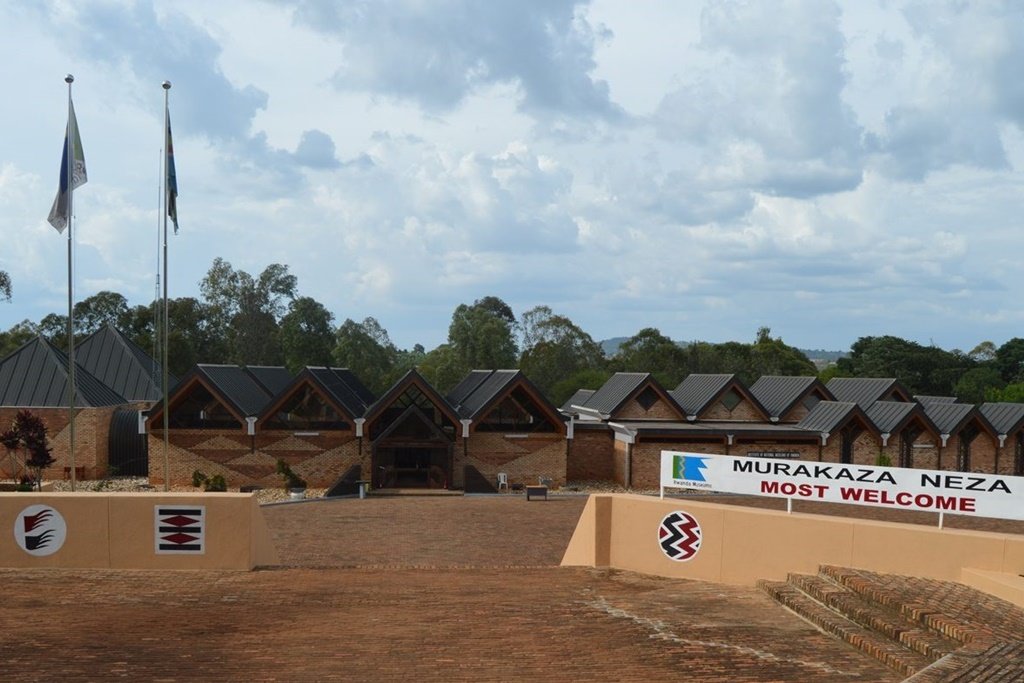
The first Catholic mission in 1900 in the country lies only a few kilometers from the town center at Save Hill.
Huye is well known for the National Ethnographic Museum of Rwanda, built in the early 1990s and an excellent source of information on the cultural history of the country and the region. It houses one of Africa’s finest ethnographic museum collections, both pre and post-colonial archaeological and artistic artifacts and photographs – a rich insight into Rwandan culture with displays of farming, hunting, fishing, pottery and dress from long-ago times.
The Groupe Scolaire in Huye is the largest and oldest secondary school in Rwanda having been founded in 1929 by the Brothers of Charity to educate Rwandans to assist the Belgian colonial administration.
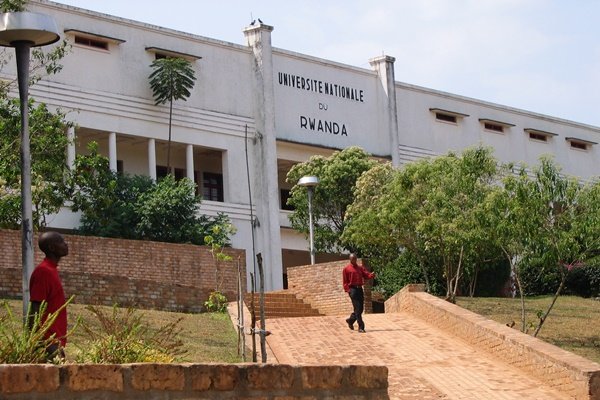
Huye is home to the largest university in Rwanda, the National University of Rwanda. The university focuses on Science, Technology and Humanities with the language of instruction both French and English.
The nine faculties comprise a Faculty of Medicine, Agriculture, Arts / Media and Social Sciences, Applied Sciences, Law, Science Economics and Management, School of Public Health and School for Foundation Language Skills.
In the grounds of the University lies a 200-hectare Arboretum established in 1934 by the colonial government of Rwanda-Burundi as an international scientific project and to serve as a source of exotic tree seed to solve the supply crisis for timber in Rwanda.
The Arboretum now belongs to the Institute of Agricultural Sciences of Rwanda and is home to around 210 species of stately 60-year-old trees alive with birds, bats, monkeys and gazelles; 50 Ha. are given to protected natural indigenous trees and bush, similar to Nyungwe Forest.
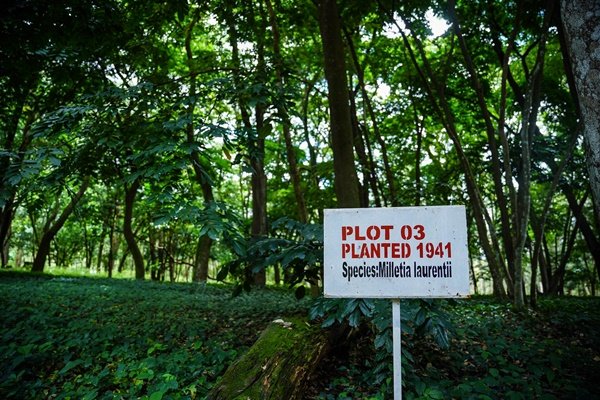
There are fantastic walks and the opportunity to learn about bee keeping and the fish farm project adjacent to the forest, all within the centre of the town of Huye.
The Rwandan National Institute of Scientific Research can be found in Huye – a scientific institution that plays an important role in science and technology in Rwanda. The institute has worked with the National University of Rwanda in the Phytomedicine and Life Sciences Research Plan that began research into pharmacopeia and traditional medicine in the country at the National University of Rwanda in 1972 in the Faculty of Medicine.
The Rwandan National Institute of Scientific Research later became involved and also collaborates with researchers from the National Institute of Scientific Research (INRS) and researchers from the Institute of Agronomic Sciences of Rwanda (ISAR).
It is also home to the Stade Huye (Butare Stadium) in downtown Huye with a capacity of 20,000.
Rusizi
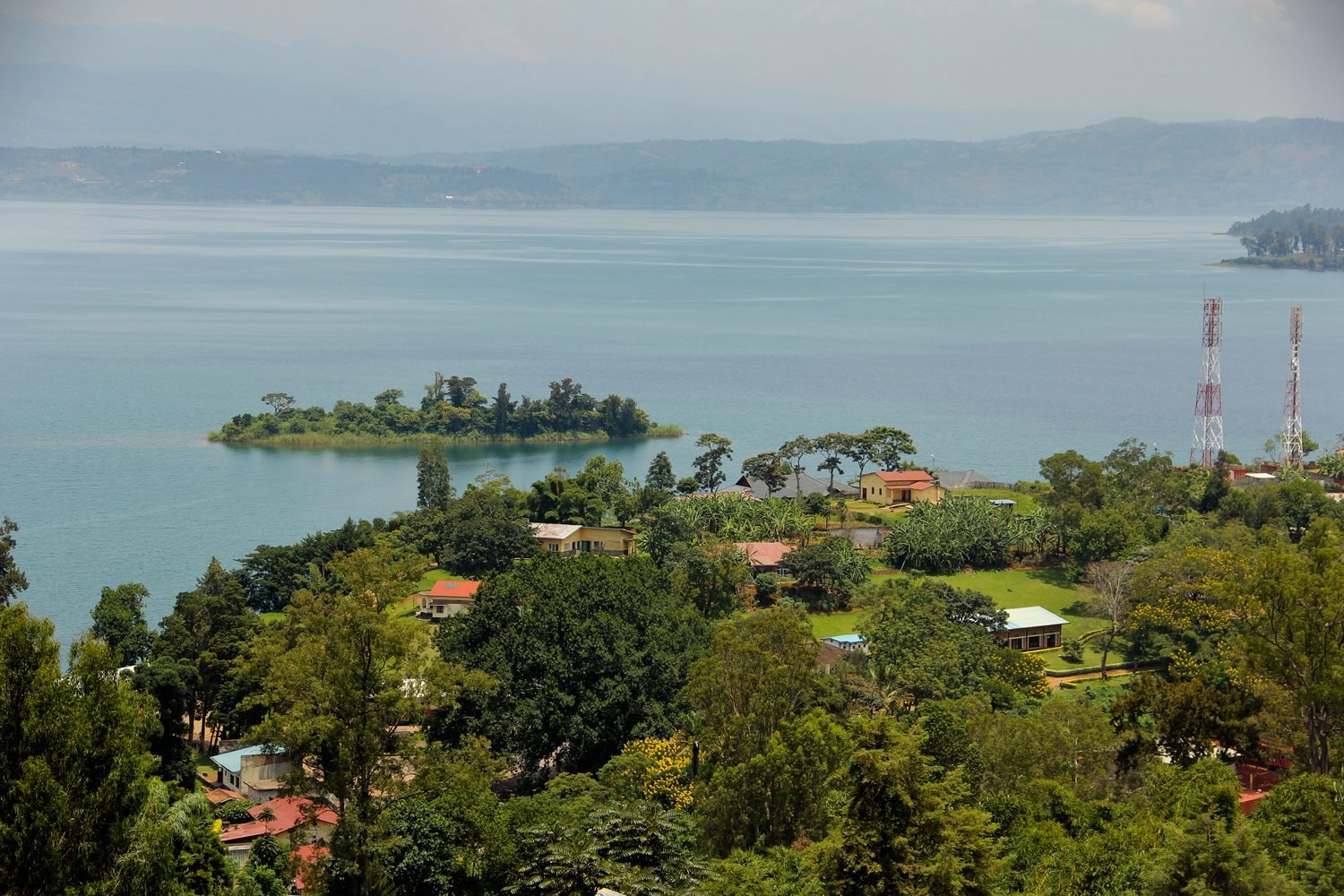
A small town on the border with the Democratic Republic of the Congo and the closest town to Nyungwe National Park. Budget accommodation here will appeal to self-drive visitors to the National Park.
